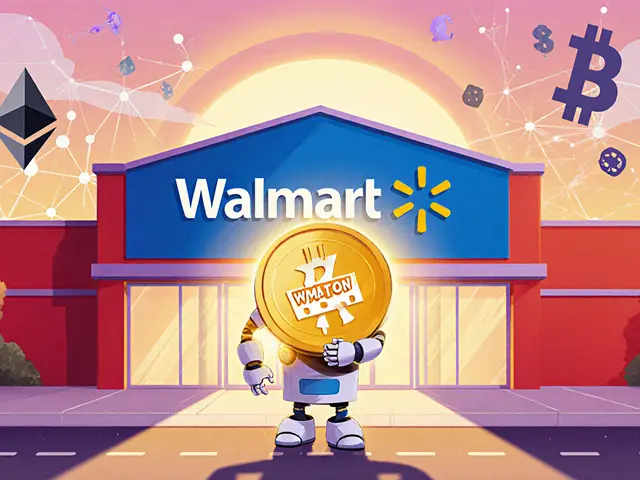NFT Airdrop 2025: How to Find Legit Free NFTs and Avoid Scams
When you hear NFT airdrop, a free distribution of non-fungible tokens to wallet holders as a reward for participation or loyalty. Also known as crypto NFT giveaway, it’s one of the few ways to get digital assets without spending money. But not all NFT airdrops are real. In 2025, over 70% of advertised NFT airdrops either vanish after collecting your wallet address or demand upfront fees—classic signs of a scam. Legit ones don’t ask for your private key, don’t require you to pay gas upfront, and always have a working smart contract you can verify on Etherscan or BscScan.
Real NFT airdrops usually tie into active projects—like The Sandbox metaverse, a blockchain-based virtual world where players earn SAND tokens and NFT land by creating content—or games like OneRare Foodverse, a Web3 platform that rewards users with ingredient NFTs tied to real-world culinary themes. These aren’t just marketing gimmicks; they’re part of ongoing ecosystems where your NFTs have actual use, like unlocking recipes, trading in-game items, or earning future token rewards. Projects like RACA (Radio Caca), a blockchain project that gave Metamon NFT holders free RACA tokens and potions proved that airdrops can work when there’s a clear incentive structure and active community.
What separates the winners from the losers? Timing, verification, and activity. If a project launched in 2024 and still has active Discord moderators, regular updates, and a live marketplace, it’s worth watching. If the website looks like a template from 2021 and the Twitter account has 500 followers with no replies, walk away. Many fake NFT airdrops copy the branding of real ones—like pretending to be linked to The Sandbox or OneRare—so always check the official website URL and never click links from random DMs. The best way to find real ones? Track them through verified sources that list contract addresses and eligibility rules, not just hype.
By 2025, the NFT airdrop space has cleaned up a lot—but scammers are smarter too. They now use AI-generated voices in Discord, fake YouTube tutorials, and even fake NFT collections that look real until you try to sell them. The key is to focus on projects with actual users, not just promises. If an NFT airdrop requires you to hold a token for 30 days, make sure that token has real trading volume. If it’s tied to a game, check if people are actually playing it. And never, ever send crypto to claim a free NFT. Real airdrops drop into your wallet automatically if you meet the criteria.
Below, you’ll find real breakdowns of past and upcoming NFT airdrops that actually delivered value. No fluff. No fake promises. Just what worked, what didn’t, and how to spot the difference before you lose time—or money.


